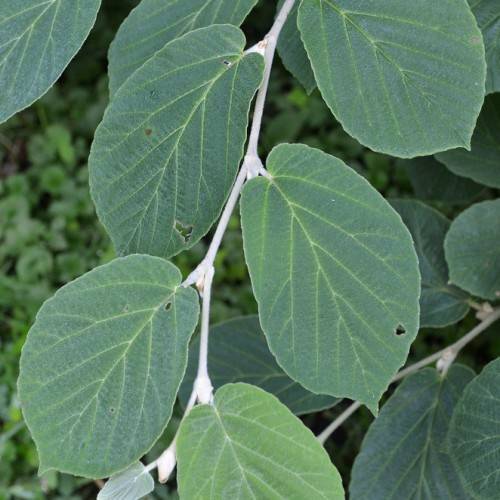
witch hazel
Hamamelis japonica 'Pendula'
Cycle:
Perennial
Watering:
Average
Hardiness Zone:
5 - 8
Flowers:
Flowers
Sun:
Full sun,part shade
Leaf:
Yes
Growth Rate:
Low
Maintenance:
Low
Drought Tolerant:
Yes
watering
For optimal growth, witch hazel should be watered twice per week. Water deeply, so the soil is saturated and the excess moisture runs out of the drainage hole. A good starting point is to give the plant about a quart of water in the summer months and a cup or 2 in the colder months. Allow the soil to dry out between waterings. If the soil remains too dry for extended periods of time, it may start to crust or form a hardpan layer, making it difficult for new roots to penetrate.
sunlight
Witch hazel tolerates partial shade but grows best when it receives at least 4-6 hours of direct, unfiltered sunlight per day. During spring and summer, it's best if the plant receives morning sun and afternoon shade. During the cold winter months, the plant can tolerate more shade, but it should still have access to some direct sunlight for a few hours per day. If the plant is positioned in an area that receives too much sun, its leaves may test parched and dry, scorched by the sun's ultraviolet rays.
pruning
Witch hazel (Hamamelis japonica 'Pendula') should be pruned in late winter or early spring. This plant has a weeping habit and is therefore best suited to pruning of long and straggly stems, to encourage a more compact shape. Remove any dead, diseased or damaged stems and thin out overlong branches by cutting back to a healthier side shoot. Pruning should be done judiciously as this species does not have a fast growth rate.
